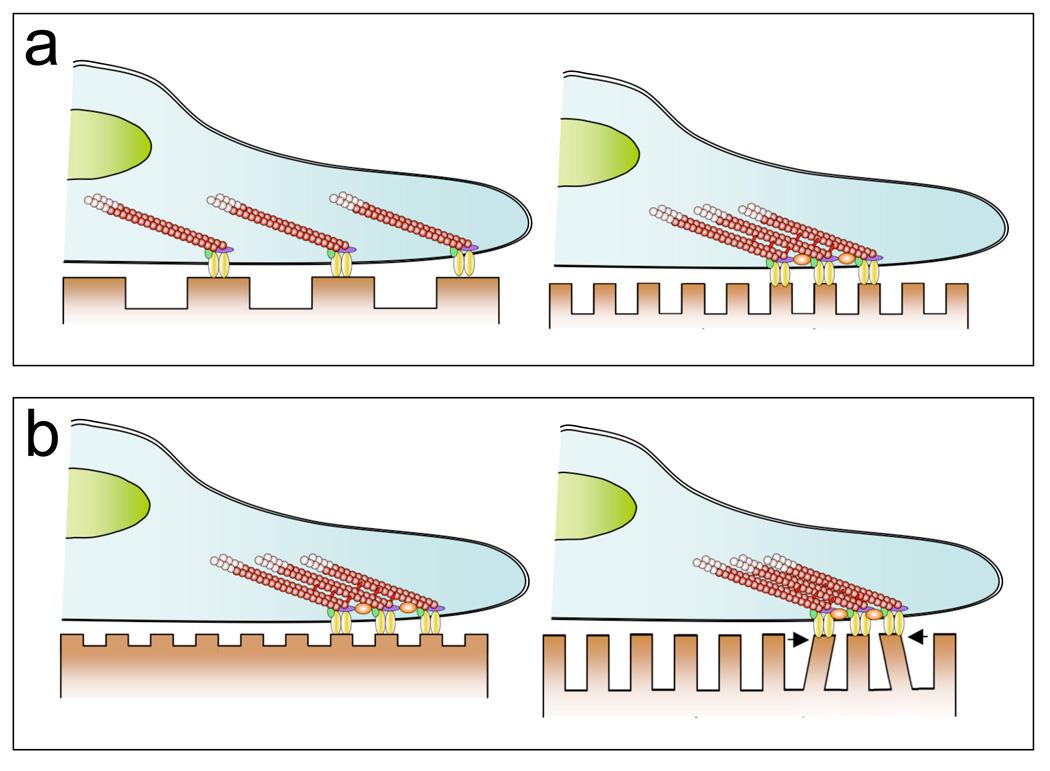Figure 3. Influence of ECM nanotopography on stem cells.
The nanoscale geometry and size of the features of the ECM may have significant effects on a number of cell properties, such as attachment/adhesion, migration, and proliferation, although the mechanisms responsible for these effects are not well understood. (a) Whereas changes in the feature size of the substrate on the scale of single cells could impact adhesion by altering the degree of cell spreading (Figure 2), varying features at the scale of individual adhesions may alter the clustering of integrins and other cell adhesion molecules. Altered clustering can influence the number and distribution of focal adhesions and subsequently, the structure of the cytoskeleton (Arnold et al., 2004). In turn, these factors may further influence cytoskeletal tension and the transmission and transduction of other molecular and biomechanical signals. (b) Differences in the size and structure (e.g., height) of nanotopographic features may influence cell behavior through secondary effects, such as alterations in the effective stiffness of the substrate (e.g. (Discher et al., 2005; Saha et al., 2008a)).

